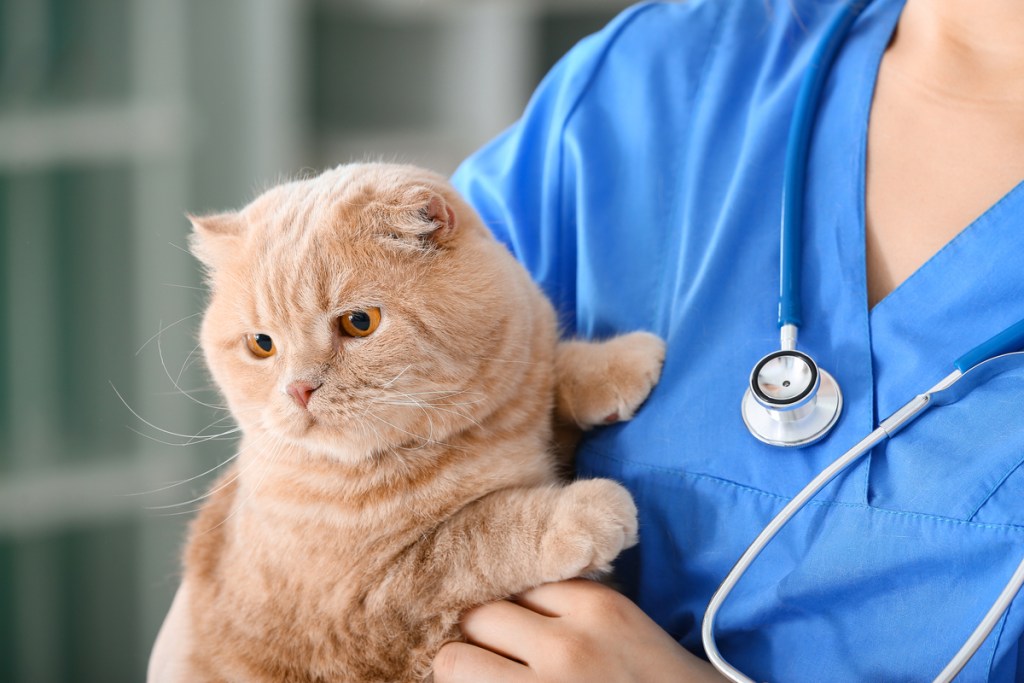Spaying and neutering your pets is one of the most important decisions you can make as a pet parent. Not only will it prevent expensive, unwanted litters, but it also means your fur babies will be less likely to wander off to mate. Runaway pets are at increased risk for becoming involved in accidents, fights with other animals, exposure to the elements, and euthanasia if they’re picked up by animal control and taken to a kill shelter. However, spaying and neutering your pet can be expensive. Can insurance help offset the costs?

Does pet insurance cover spaying and neutering?
You’re probably here because you searched terms like “Does pet insurance cover neutering?” The answer is … it depends on your policy. Most pet insurance companies won’t cover sterilization if you have an accident-only or major medical insurance policy. Fortunately, several insurers offer wellness plans, which do cover routine visits and preventive care. Some companies consider spaying and neutering a routine or preventive procedure, so you won’t have to drop a ton of money. Let’s review the pros and cons of pet insurance wellness plans.
Pros:
- Wellness plans reimburse you for common procedures. Each insurer differs in what they offer, but wellness procedures you’ll be reimbursed for include physical exams, deworming, vaccinations, heartworm tests, microchipping, and (depending on the company) spaying and neutering.
- Good news: Some employers offer pet insurance as a company perk.
- If you have more than one pet, you could qualify for a multi-pet discount.
Cons:
- Some breeds are more expensive to insure, whether it’s a wellness plan or an accident-only plan.
- It costs more to insure older pets. For the best rates, insure your pet while he’s young and healthy.
- Insurance can be costly in general.
However, if your pet has a preexisting condition like a pyometra, spaying won’t be covered under any insurance policy. But that doesn’t mean you’re out of options. If you live in New York City, the Los Angeles area, or western North Carolina, you can reach out to the ASPCA’s spay and neuter services for help.
If you don’t live in one of those areas, ask local animal shelters and veterinary offices about spaying and neutering services near you, as some clinics and animal shelters offer low-cost sterilization options. Don’t rule out finding help at big-name retailers, either. If you have a Petco store in your area, they might be able to help you find an affordable option. The PetSmart Charities database can also help you find spaying and neutering options in your area.
When should you spay or neuter your pet?
With many pet insurance companies, you can enroll pets as young as six weeks of age. On the other hand, it’s recommended that you wait until your pet is at least six months old before spaying or neutering them.
Younger pets tend to be hyper and playful, so they’re more likely than older pets to injure themselves during recovery. While some shelters will spay and neuter animals at a much younger age, it’s generally better to wait until your pet is six months old. If you’ve adopted an older pet, you can still have them spayed or neutered as long as the vet says they’re healthy enough for the procedure.

Why should you spay or neuter your pets?
The process of sterilization in animals is called spaying or neutering. In male animals, neutering involves an operation known as an orchiectomy — testicle removal. When spaying female animals, they undergo a procedure called an ovariohysterectomy, in which the fallopian tubes, ovaries, and uterus are removed.
While spaying and neutering can be expensive, these procedures are worth it in the long run. Here are a few reasons why:
- As adorable as puppies and kittens are, not everyone can care for an unexpected litter. Spaying and neutering your pets prevents those unexpected surprises.
- Males often mark their territory, which usually includes the walls, furniture, and sometimes even you. They also tend to run away from home in search of potential mates. Neutering your pets prevents them from spraying everything and attempting to escape to find a mate.
- For some pets, being spayed or neutered will also reduce aggression, which is an issue for many females in multi-pet households, especially female cats, as well as urinating outside designated areas and excessive barking or screeching.
- Your pet will be at less risk of certain health problems, too. The risk of benign prostatic hyperplasia and testicular cancer drops for neutered males. Spayed females are less likely to develop mammary infections like mastitis, uterine infections like pyometritis, mammary cancer, or uterine cancer.
Spaying and neutering your pets is the responsible thing to do, and there are options that can save you money, such as a health and wellness plan that covers sterilization. But there’s help to be found if the premiums are cost-prohibitive or your pet isn’t eligible. When in doubt, contact your veterinarian or seek help online. Unwanted pets are frequently euthanized, but if all pet parents spay and neuter their fur babies, there could be a day when this practice ends.



